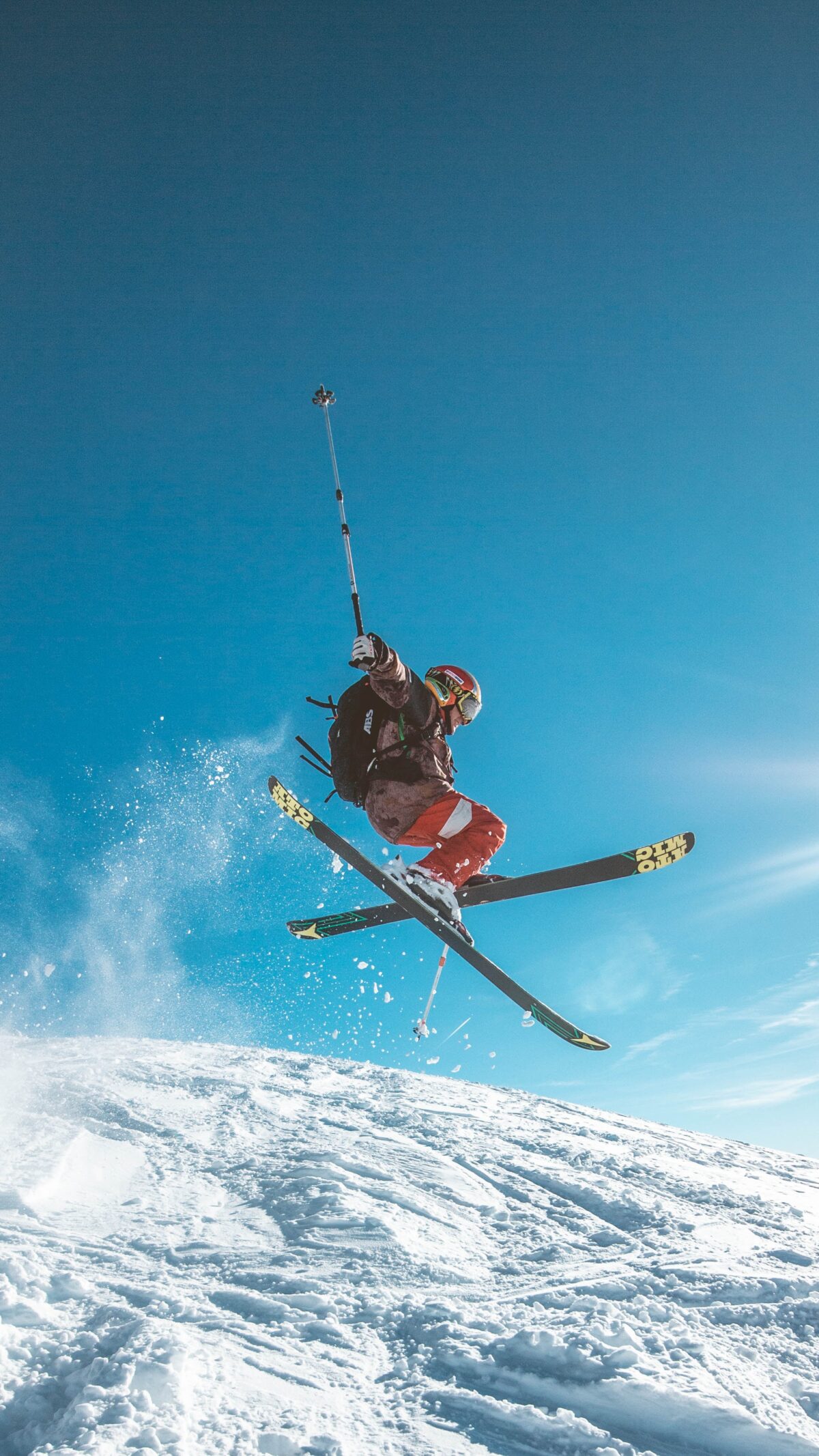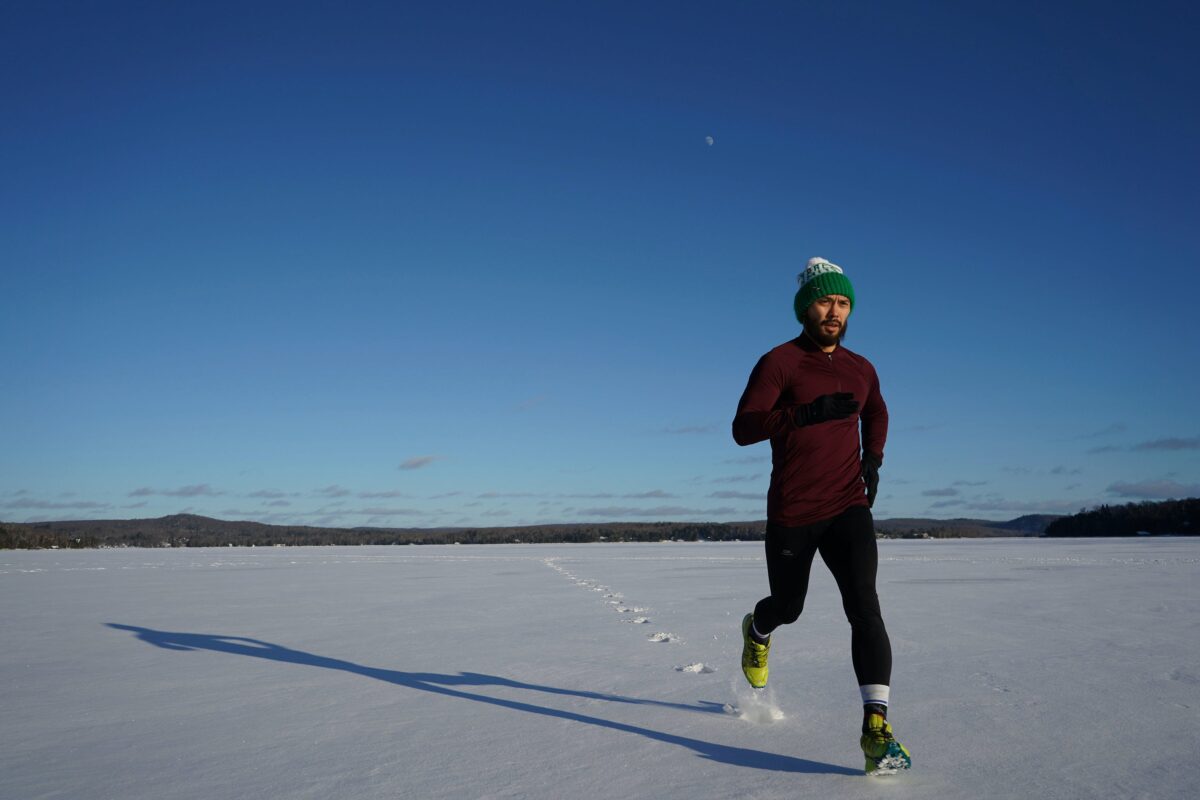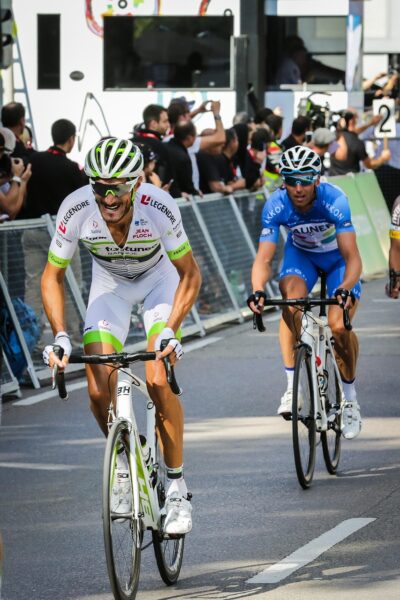Boulder, Colorado is famous for its beautiful mountains, its focus on great food, healthy living, and a mecca for outdoor athletics. It is also known for four seasons in one day. You can leave for a run in 65 degree weather and it can be 20 degrees and snowing by the time you arrive home. It’s the perfect scenario for a pulled hamstring, or a tight back. In traditional Chinese medicine (TCM) “cold” is a major contributing factor to injury. In the case of a pulled hamstring, the concept of cold may be interpreted as an imbalance. The lack of warmth leads to a decrease in flexibility, and poor blood flow and circulation in the muscles and tendons. Acupuncture and TCM plays an important role in the recovery and treatment of athletes, allowing athletes to better repair, reduce physical discomfort, and achieve better results. The increase in training difficulty and intensity leads to more frequent sports injuries, so the recovery of athletes after injury is particularly important.

In Chinese medicine the treatment for a pulled hamstring or low back injury may involve methods to improve blood flow and circulation, dispel cold, and promote healing. Lumbar dysfunction can include lumbar muscle strain, ligament strain, ligament inflammation, lumbar spinal stenosis, lumbar disc herniation, spinal cord injury, and cauda equina injury. Treatment may include acupuncture, needle top or direct moxa, electric stimulation (e-stim), Dry Needling (musculoskeletal acupuncture), infrared heat therapy, herbal remedies, dietary adjustments, and lifestyle recommendations aimed at addressing the underlying imbalances contributing to the injury. The benefit for any athlete in adding a TCM approach to their training and recovery is to look at underlying causes of cold in the body and how these can be changed. Not only can the acute injury be addressed, but prevention of future injuries can also occur.
Professional sports teams in the NFL and NBA are now utilizing acupuncture regularly to help recover from energy, prevent future pain and increase the longevity of athletic careers.
Besides injuries, when someone is said to have a “cold” condition, it typically refers to an imbalance characterized by symptoms such as:
- Aversion to Cold: A person with a cold pattern may feel excessively sensitive to cold temperatures. They are the people putting a sweatshirt on when others are not. Cold conditions can happen in any season, it is a feeling in the body.
- Cold Limbs: The extremities, such as hands and feet, may feel cold to the touch. Reynaud’s Phenomenon is a frequent complaint and reason athletes will seek out care. Cold hands and feet and danger of frostbite are reason people leave their perfect powder ski day, or cut an adventure race short.
- Pale Complexion: The complexion may appear pale or have a bluish tint.
- Cold Sensations in the Body: Individuals may describe internal sensations of coldness, such as feeling chilly or having a cold core. This is also an underlying cause of infertility for women and we work to “warm the womb” and improve blood flow to the ovaries and uterus. A woman who benefits from a heating pad to reduce their cramps may have stagnation or slow moving menstrual flow due to cold.
- Clear and Copious Urine: Cold patterns are often associated with changes in urination, such as increased volume of clear urine. For those experiencing overactive bladder, if cold is a factor, we would prescribing warming herbs and acupuncture treatments to decrease frequency of urination.
- Loose Stools: The digestive system may be affected, leading to loose stools or diarrhea. One of the first suggestions we make is to cook your food versus eat it raw. Think about a baby. When they first start eating solid foods, it is warm and pureed which makes it easy to digest.
- Lack of Energy: Cold patterns can result in a feeling of fatigue and lack of vitality. Treating with acupuncture and Chinese herbs can help athletes with fatigue from extreme or over training.
- Reduced Appetite: There may be a decrease in appetite.
- Watery or Thin Discharges: Cold patterns may lead to thin or watery discharges, such as nasal discharge or vaginal discharge.
- Tongue and Pulse Characteristics: In TCM diagnosis, practitioners often examine the tongue and pulse. A pale and wet or swollen tongue with a slow or weak pulse may be indicative of a cold pattern.

Chinese herbs are typically never given alone but are instead, combined with other herbs to create a synergistic affect. Here are four Chinese herbs that are commonly used in herbal formulas to help treat cold patterns:
- Ginger (Sheng Jiang): Ginger is known for its warming properties in TCM. It is often used to dispel cold, warm the stomach, and promote digestion. Ginger is also used to alleviate symptoms such as chills, cold limbs, and digestive discomfort.
- Cinnamon Twig (Gui Zhi): Cinnamon twig is valued for its ability to promote circulation and dispel cold. It is commonly used in formulas to address conditions with symptoms like aversion to cold, muscle stiffness, and mild fever.
- Astragalus Root (Huang Qi): Astragalus is an adaptogenic herb that is frequently used to support the immune system in TCM. It is believed to tonify qi (vital energy) and strengthen the body’s resistance to external pathogens, making it a popular choice during the cold season.
- Licorice Root (Gan Cao): Licorice is often included in TCM formulas for its harmonizing properties. It is believed to enhance the synergistic effects of other herbs in a formula and has been used traditionally to address symptoms such as sore throat, cough, and respiratory issues associated with a cold. (Licorice can increase blood pressure).
In TCM, herbs that are believed to warm the womb are often used to address conditions associated with cold in the uterus or deficiencies in the yang energy of the reproductive system. Warming the womb is thought to promote healthy blood circulation, regulate menstrual cycles, and address conditions related to cold and dampness. For female athletes, reducing inflammation and associated menstrual pain can help them focus on training and performance. We address the whole body to influence overall performance. A healthy menstrual cycle is one that is pain free. Here are five Chinese herbs commonly used for warming the womb:
- Dang Gui (Angelica Sinensis): Dang Gui is a well-known herb in TCM used to tonify and invigorate the blood. It is commonly used for women’s health issues, including regulating menstrual cycles and addressing blood deficiency. Dang Gui is often combined with other herbs to enhance its effects.
- Rou Gui (Cinnamon Bark): Rou Gui is a warming herb that is used to tonify the kidney yang and promote blood circulation. It may be included in formulas to address conditions of cold in the uterus and to invigorate the blood.
- Xiang Fu (Cyperus Rotundus): Xiang Fu is used in TCM to regulate Qi (vital energy) and promote blood circulation. It is often included in formulas for conditions related to menstrual irregularities, especially when there is stagnation of Qi and blood.
- Wu Zhu Yu (Evodia Fruit): Wu Zhu Yu is known for its warming properties and its ability to disperse cold. It is often used in formulas to address conditions with symptoms of cold in the lower abdomen and to promote blood circulation in the uterus.
- Yi Mu Cao (Leonurus Heterophyllus): Yi Mu Cao is traditionally used in TCM for gynecological issues. It is believed to invigorate blood circulation, regulate menstruation, and address conditions associated with blood stasis in the uterus.
It’s important to note that these herbs are often used in combination in TCM formulas, and the choice of herbs depends on the specific pattern of imbalance and symptoms presented by the individual. Formulas are highly individualized. Self-prescribing herbs without guidance may not be effective and could potentially lead to imbalances.
When we look at an athlete’s goals for performance, we address acute injury and look at underlying imbalances affecting overall performance.
Who are some of the athletes we know that utilize acupuncture? Basketball legends Shaquille O’Neal, Steve Nash, Jason Kidd, Charles Barkley, Yao Ming, Grant Hill, Jeff Hornacek, and Kevin Johnson. In football, the Minnesota Vikings are not the only team that takes advantage of TCM to help players perform at the highest level. At least one third of NFL teams including the Kansas City Chiefs, the Miami Dolphins, the Green Bay Packers, the Indianapolis Colts and the San Francisco 49ers offer acupuncture and cupping to players as a recovery option largely because it is a natural form of medicine that seems to help players get back on the field faster.
Resources:
https://www.ncbi.nlm.nih.gov/pmc/articles/PMC9529481/
https://www.ncbi.nlm.nih.gov/pmc/articles/PMC7664377/
https://pubmed.ncbi.nlm.nih.gov/35703748/
NFL Teams Are Tackling Injures With Acupuncture And Cupping
NBA players trying acupuncture to relieve pain, maximize effectiveness
Written with the aid of Chat GPT



